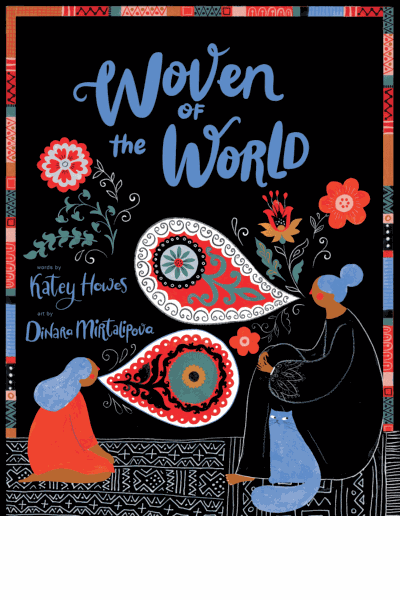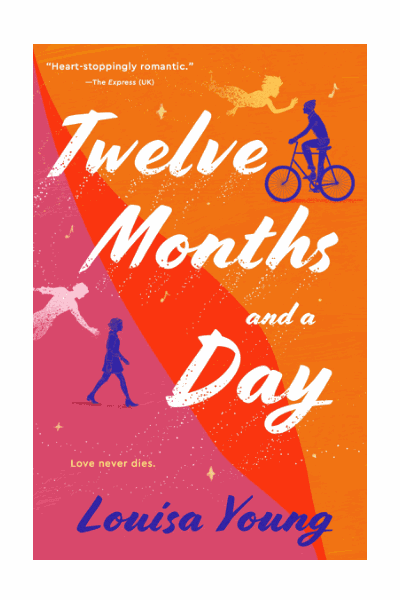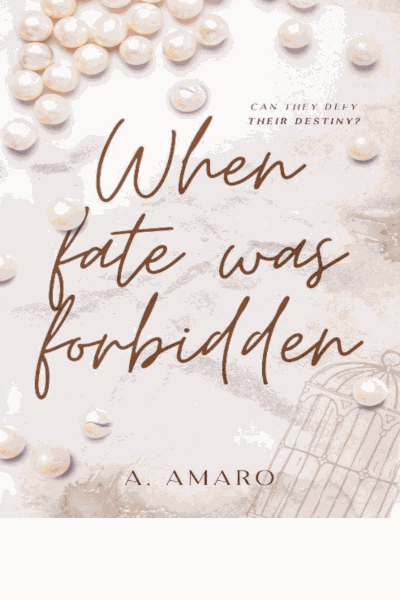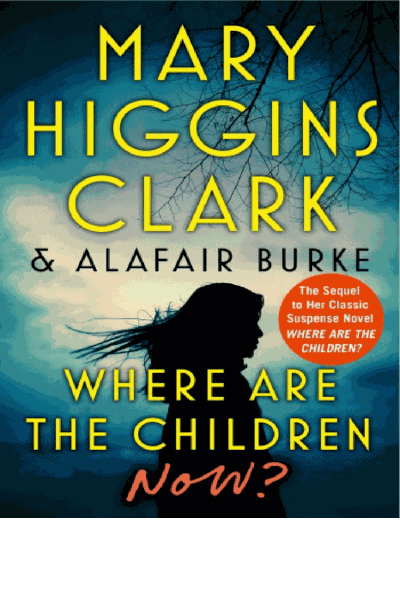
Woven of the World
Author/Uploaded by Katey Howes; Dinara Mirtalipova
Contents Cover Dedication Acknowledgments Copyright Title Page Begin Reading Explore More Author’s Note Illustrator’s Note About the Authors Guide Cover Dedication Acknowledgments Copyright Title Page Begin Reading Start to Contents Pagebreaks of the...
Content Preview
Contents Cover Dedication Acknowledgments Copyright Title Page Begin Reading Explore More Author’s Note Illustrator’s Note About the Authors Guide Cover Dedication Acknowledgments Copyright Title Page Begin Reading Start to Contents Pagebreaks of the Print Version Cover Page 2 3 4 5 6 7 8 9 10 11 12 13 14 15 16 17 18 19 20 21 22 23 24 25 26 27 28 29 30 31 32 33 34 35 36 37 38 39 40 41 42 43 To my children, for asking the big questions. And to my former neighbors, for generously sharing their traditions, values, holidays, and meals—and weaving a community of diversity and love. —K. H. To all global citizens, crafters, and folklorists. To my ever-curious kiddo, Sabrina, and our fluffy kitty, Matilda. —D. M. ACKNOWLEDGMENTS: Thank you to the sensitivity readers, librarians, and art consultants who went above, beyond, and down a few rabbit holes. Special thanks to Alexandra Hinrichs, author of Thérèse Makes a Tapestry, for her inspiration and guidance and to Betty O. of the Spinnery in Frenchtown, New Jersey, who patiently let me watch her weave, dig through her books, and ask a million questions when this book’s journey had barely begun. —K. H. Special thanks to Vanessa Drake Moraga for her expert advice on the weaving arts. And to Matt Rarey, PhD, Associate Professor of African and Black Atlantic Art History at Oberlin College, and Kristen Windmuller-Luna, PhD, Curator of African Art at the Cleveland Museum of Art. Both Matt and Kristen were so generous in sharing their knowledge about Fulani culture in West Africa, describing the Fulani way of living, and answering my questions. Thank you as well to Debra Sparrow, a Musqueam weaver, for her insight on Salish weaving—and in particular for the use of her woven pattern, included with her permission. I’m very thankful for their time and willingness to help! And to many more consultants not named here! —D. M. Text copyright © 2022 by Katey Howes. Illustrations copyright © 2022 by Dinara Mirtalipova. All rights reserved. No part of this book may be reproduced in any form without written permission from the publisher. Library of Congress Cataloging-in-Publication Data available. ISBN 978-1-4521-7806-6 (hc), 978-1-4521-7846-2 (epub2), 978-1-7972-2647-7 (epub3), 978-1-7972-2646-0 (Kindle) Design by Amelia Mack, Jill Turney, and Jennifer Tolo Pierce. Typeset in Fnord. The illustrations in this book were rendered in gouache on paper. Chronicle Books LLC 680 Second Street San Francisco, California 94107 Chronicle Books—we see things differently. Become part of our community at www.chroniclekids.com. Bobbin and heddle, foot pedal, no slack. I listen, as I’m weaving, to the rhythm of the loom. I imagine skeins of history unfurled across the room— wrapping me in warm tradition, crossing borders, spanning years, as the clack then swish of loom song carries stories to my ears. It sings a song of silken threads coaxed from a white cocoon. A dynasty of secret skills lives on inside its tune. It sings of flaxen fibers spun by fingers deft and proud— threads destined for a dancer’s robes or for a pharaoh’s shroud. It sings a city packed Weaving, in its many incarnations, may be the world’s most ubiquitous art form. Textiles can truly be found everywhere! People around the globe have woven fibers into ropes, cloth, baskets, clothing, and art for a very long time— perhaps since even earlier than 6000 BCE. The art form developed independently in many different places and times, and yet there are similarities in the tools and techniques used to make fabric— no matter where, no matter when. Over the years, skills, fibers, and ideas have spread from place to place. Some were carried, others shared, and still others sold, appropriated, or stolen. As civilization became more modern and mechanized, some weaving tools changed. Some
More eBooks









